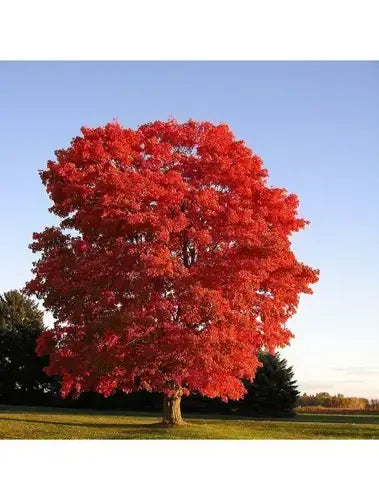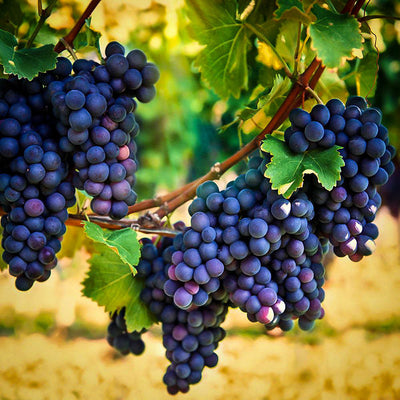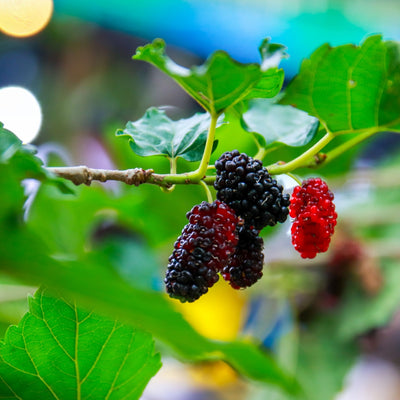The Cost of Living Off the Grid: Embracing Self-Sufficiency and Sustainability
Living off the grid, a lifestyle that involves relying on renewable energy sources, growing one's food, and disconnecting from traditional utility systems, has gained significant attention in recent years. While the allure of self-sufficiency, reduced environmental impact, and a closer connection to nature is strong, it's essential to understand that transitioning to an off-grid lifestyle comes with benefits and challenges, including financial considerations. This article will delve into the various aspects of the cost of living off the grid, exploring the investments required, ongoing expenses, and potential long-term savings.
Initial Investments and Infrastructure Costs:
When contemplating an off-grid lifestyle, one of the first things to consider is the upfront cost of setting up the necessary infrastructure. This can include installing solar panels, wind turbines, or other renewable energy systems to generate electricity. The price of such systems can vary greatly depending on the desired energy output, the location's sunlight and wind conditions, and the equipment quality is chosen.
Similarly, creating a reliable water supply is crucial. Digging a well, installing a rainwater harvesting system, or even building a small pond can all be part of the water solution. The cost of these endeavors can vary widely based on the method chosen and the geological characteristics of the area.
In addition to energy and water, waste management should be noticed. Constructing composting toilets or installing septic systems are expenses that must be factored in. While these upfront costs might seem significant, they are investments in a more sustainable and self-sufficient future.
Housing Considerations:
The choice of housing also significantly impacts the cost of living off the grid. Some individuals opt for pre-built, energy-efficient tiny homes or cabins, while others build their structures using natural and locally-sourced materials. Constructing a well-insulated home optimized for energy efficiency could lead to long-term savings on heating and cooling costs.
Food Production:
Growing your food is a cornerstone of the off-grid lifestyle, providing a degree of self-reliance and reducing the need for grocery shopping. However, establishing and maintaining a productive garden or farm requires an initial investment in seeds, tools, irrigation systems, and fencing to protect crops from wildlife. While the cost of food production can be high initially, the potential savings on groceries over time can offset these expenses.
Ongoing Expenses:
While living off the grid can lead to reduced monthly bills for utilities like electricity and water, it's important to note that ongoing maintenance costs are still present. Solar panels and other renewable energy systems require periodic maintenance and occasional repairs. Additionally, self-sufficiency often necessitates a strong emphasis on D.I.Y. skills, leading to ongoing costs for tools, materials, and resources.
Factors Affecting Cost:
Several factors can influence the cost of living off the grid. Geographic location plays a significant role, as some areas receive more sunlight, wind, or rainfall, which can impact the efficiency of renewable energy systems and water collection methods. Local building codes and regulations can also affect the cost of setting up off-grid infrastructure.
Long-Term Savings:
While the upfront costs of transitioning to an off-grid lifestyle can be substantial, there are potential long-term savings to consider. As energy prices continue to rise, those who generate their electricity can experience significant savings over time. Similarly, growing your food reduces the need to purchase groceries, especially if you can preserve surplus produce for the winter months.
Moreover, the reduced reliance on traditional utility systems and the ability to generate your resources provide a sense of security against economic fluctuations and potential supply chain disruptions. This aspect of self-sufficiency can be invaluable, especially during times of crisis.
Conclusion:
In conclusion, the cost of living off the grid involves a complex interplay of upfront investments, ongoing expenses, and potential long-term savings. While transitioning to an off-grid lifestyle requires careful planning, research, and financial commitment, it can offer a path toward greater sustainability, self-sufficiency, and a stronger connection to the natural world. As renewable energy and sustainable practices continue to evolve, the cost of off-grid living may become more accessible, making it an increasingly viable option for those seeking a more independent and environmentally conscious way of life.


